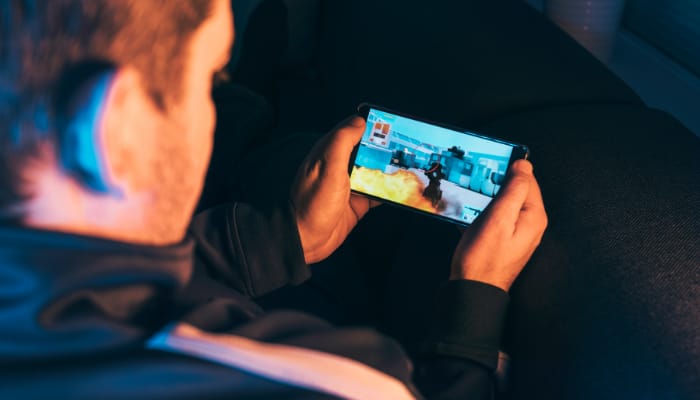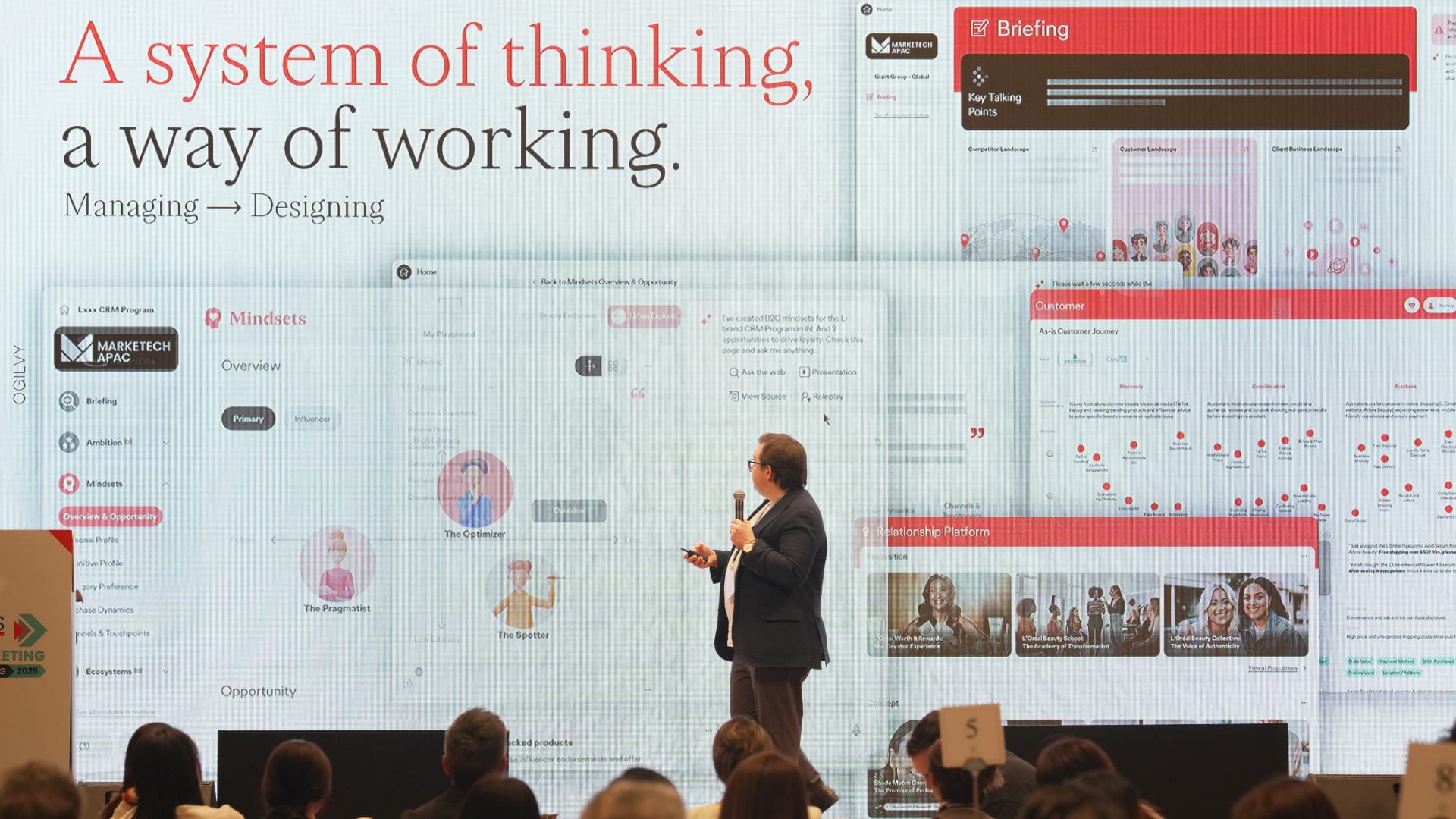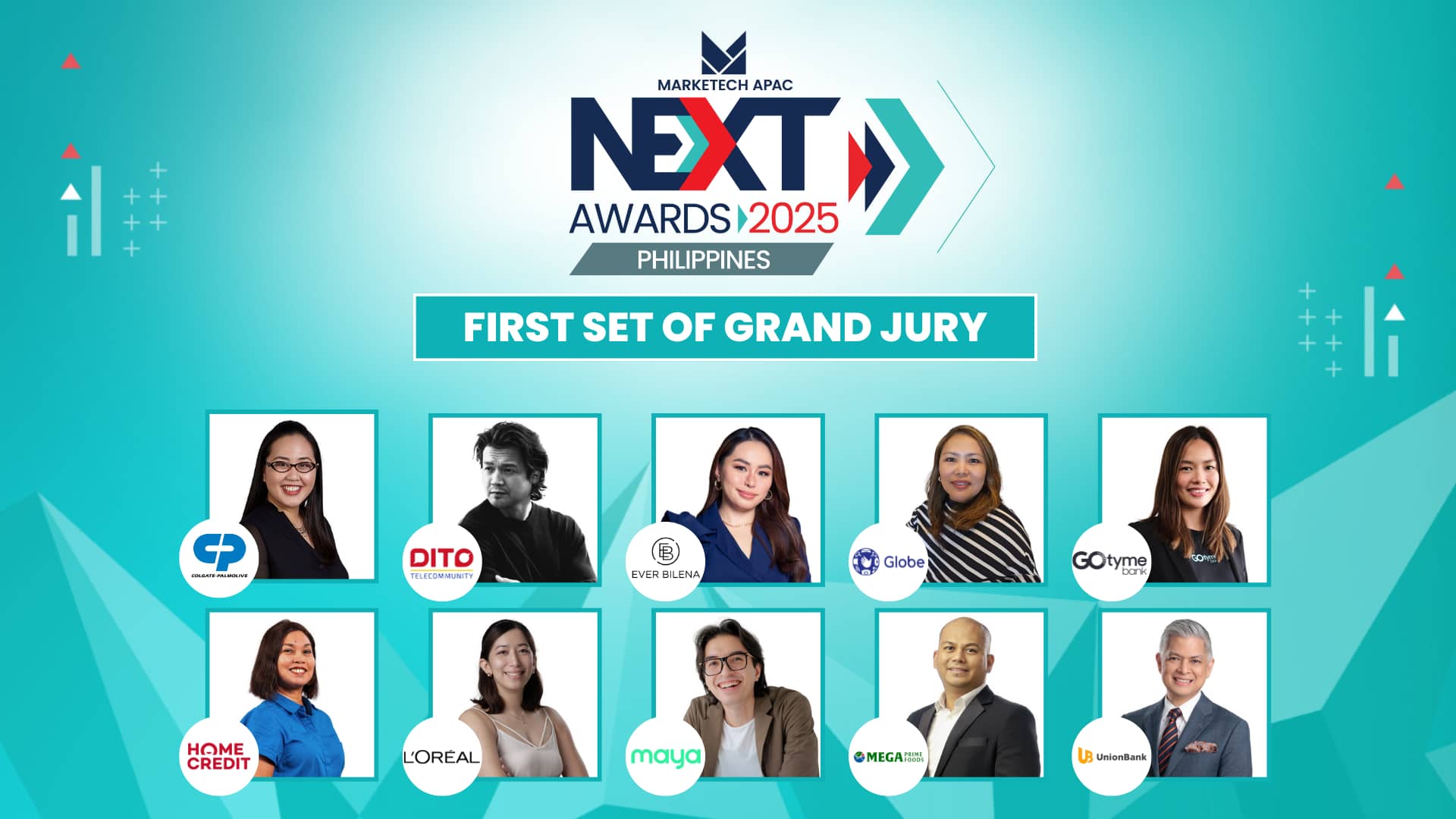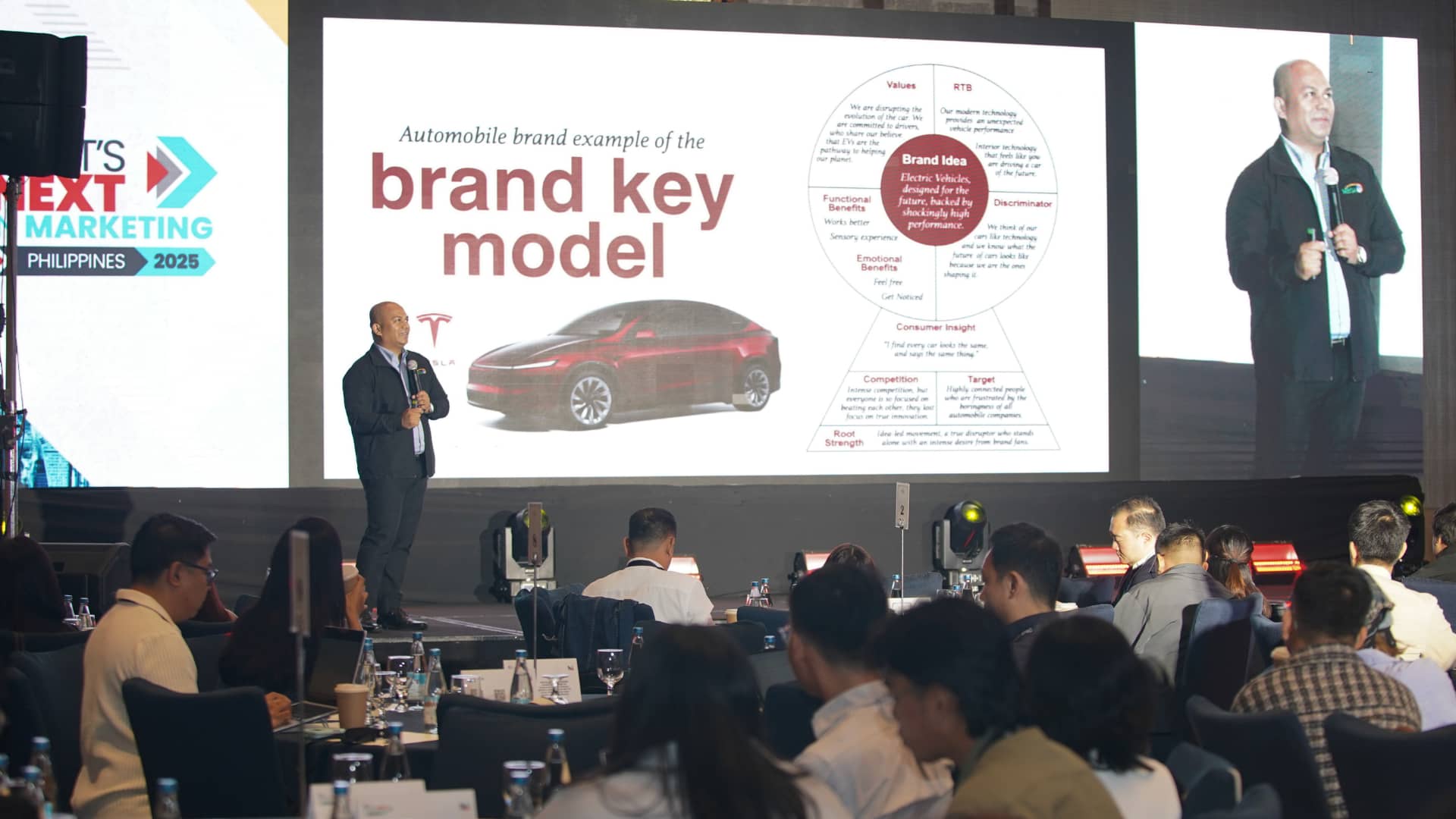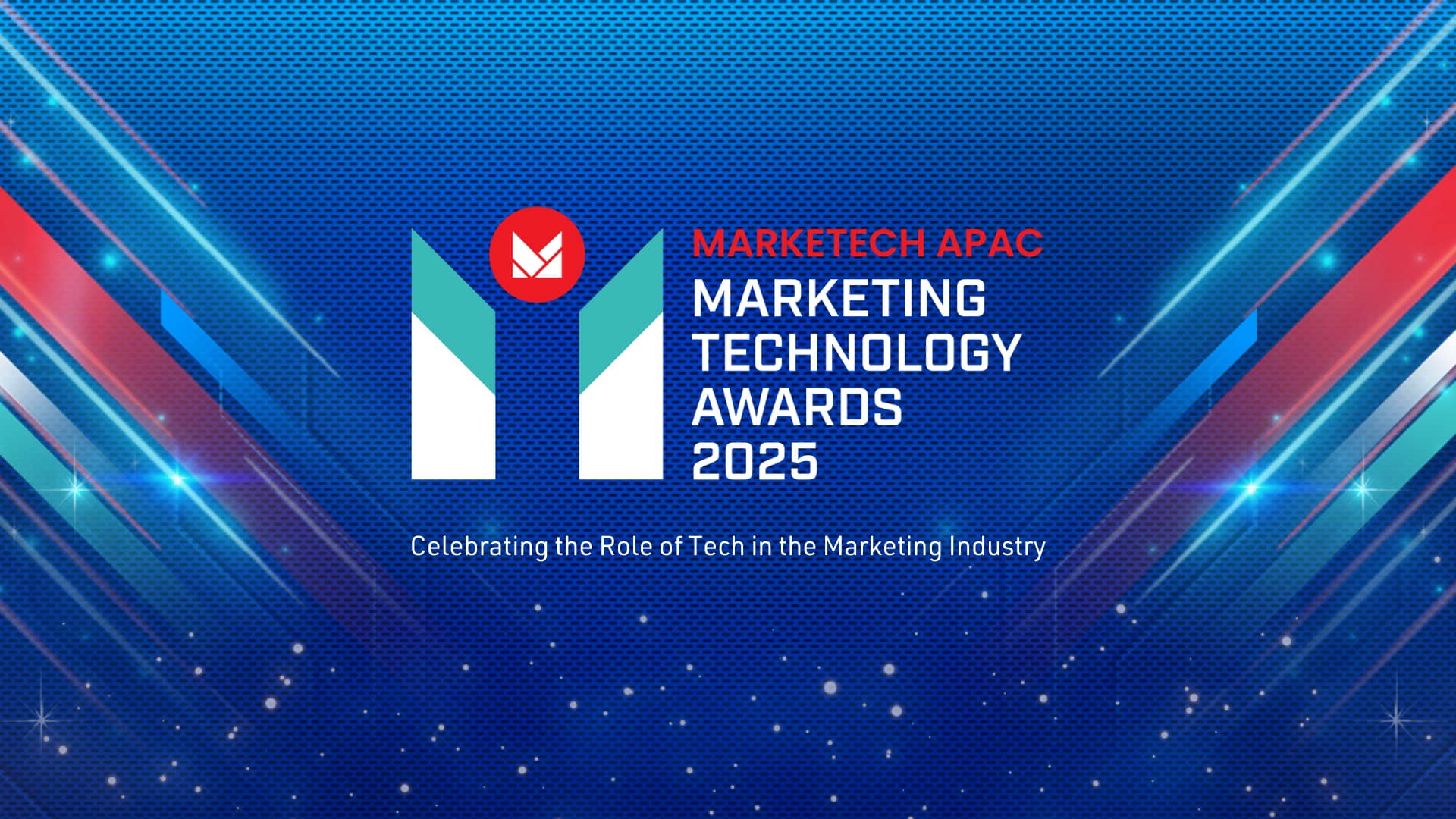Singapore – High-income gamers are more receptive to in-game ads, with 49% responding positively compared to 24% of low-income players, according to the latest report from PubMatic.
The report also noted that most preferred ad formats, like native ads and in-game product placements, are under-utilised, despite receiving over 80% positive sentiment from players.
For app developers looking to balance revenue with player satisfaction, and advertisers aiming to optimize their in-game advertising strategies, the report casts light on what players truly feel about ads. It found that the majority of mobile gamers (51%) said they felt neutral about in-game ads, while 38% reported a positive response.
Notably, nearly half (49%) of high-income earners felt positive about ads – compared to just 24% of low income earners – demonstrating the potential ROI of tapping into this premium audience.
The research found that the vast majority of mobile game players form positive emotional connections while playing. High-income respondents showed the strongest sentiments, with 98% feeling happy when playing mobile games. People in this income bracket are frequent players, with 43% spending two or more hours daily playing mobile games as they integrate gaming into their mobile lifestyles.
The data shows they play across multiple locations – from morning commutes on transportation (28%), lunch breaks at restaurants (22%), cafes (23%), to evening downtime at home (91%). This underscores the opportunity for advertisers to target this valuable audience segment at scale at a time they are both highly engaged and in a positive mindset.
The report also highlights the impact that in-game advertising can have for not only driving purchase actions and brand recall, but in creating an amplification effect too. Mobile game ads significantly outperformed TV in driving product recommendations, at 51% vs 27%, and ranked a close second to TV in terms of purchase influence (22% vs 24%).
Speaking about these cross-platform insights, Genelle Hung, country manager for Southeast Asia at PubMatic, said, “There’s clearly significant potential for app developers and advertisers to create seamless, in-game advertising experiences that tap into the positive sentiments felt by the majority of mobile gamers – especially those in the higher income brackets. Targeting high-value audience segments at scale through programmatic auction packages should be a priority for advertisers. And with 60% of gamers also watching TV or using social media at the same time, they should also develop omnichannel strategies where contextually relevant ads can be shown to players on both platforms at the right time.”
More than four in 10 respondents (41%) said that they understood the value exchange in mobile game advertising, with ads necessary for the games to be free to play. However, more than a third (36%) said that they found ads disruptive to the playing experience. This shows that brands can leverage positive sentiment and ad receptiveness to their mobile game ads, but must prioritise seamless ad experiences that fit with the environment.
In terms of the ad formats that gamers feel most comfortable with, 85% said they were positive towards in-game product placements; 83% felt positive about native ads that match the game’s visual style; 81% liked branded game areas; and 73% were favourable towards intrinsic in-game ads that blend into gameplay mechanics.
However, these types of ads were seen the least by respondents – only 21% said they had seen a native ad in their gameplay in the past two weeks; 23% had seen in-game product placement and branded game areas; and 27% had seen intrinsic in-game ads. The fact that these formats remain under-utilised but have high sentiment scores highlights a huge opportunity for app developers and advertisers.
Meanwhile, Anik Dang, CEO and co-founder of ReneVerse, commented, “Our joint research with PubMatic highlights the powerful opportunity that exists at the intersection of mobile gaming and digital advertising. This partnership demonstrates how combining deep industry expertise with robust audience insights can help advertisers more effectively engage high-value gaming audiences across Southeast Asia.”





